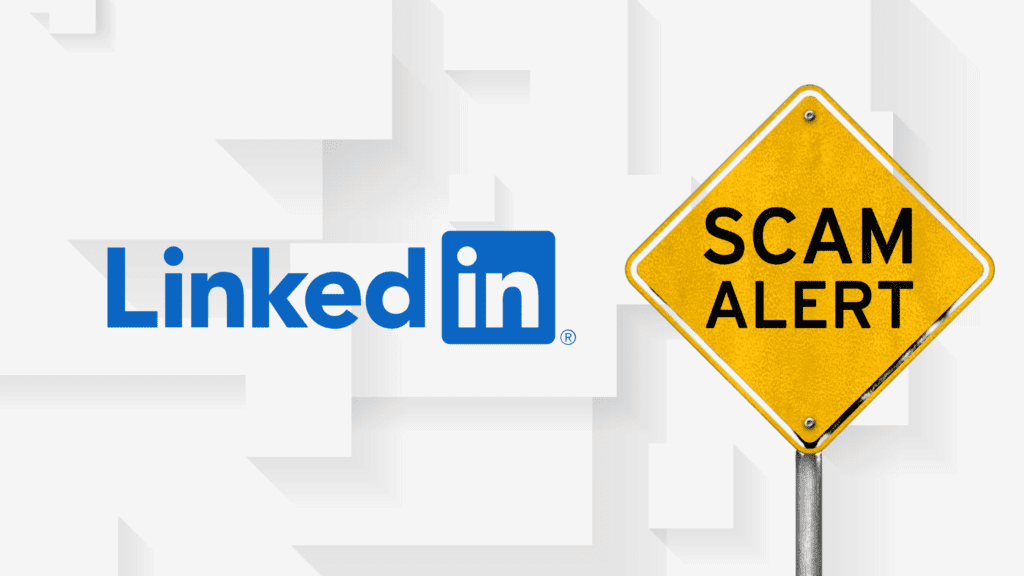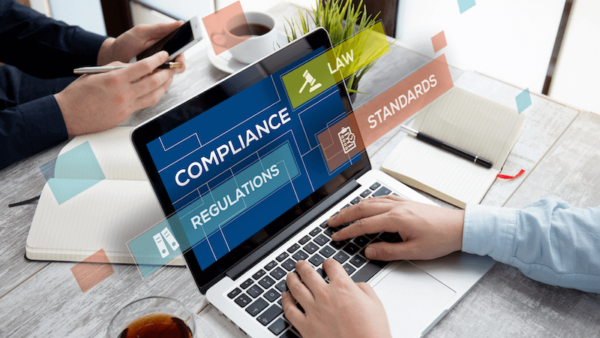How to Protect Your Business and Staff from LinkedIn Scams
According to new research from network security firm Nordlayer, 52% of businesses have experienced LinkedIn scams so far this year. These were more common among larger business. However, about 31% of small businesses reported that they had been targeted on social media. Of those businesses surveyed, 67% reported a financial loss from the attack, and 58% said operations were interrupted.
LinkedIn scams are becoming more widespread because of the number of professionals and businesses using the platform.
Today, LinkedIn has more than 930 million members globally. Given the peculiarities of LinkedIn, scams pose a threat to both the person and their listed employer. This makes LinkedIn cybercrime prevention an important cybersecurity topic for businesses today.
How cybercriminals are using LinkedIn
To better protect your business from LinkedIn scams, let’s first discuss how these scams work.
There are three primary forms of LinkedIn scams that take the benefits of the platform and turn them against the user. These include:
- Fake job offers. Every second, users submit more than 117 job applications on LinkedIn. The number of professionals who use the platform to look for a job creates an environment ripe for cybercrime. Criminals are using the platform to create legitimate-looking job postings. Then, they try to trick users into sending personal information or money.
- Fake invitations to connect. LinkedIn’s primary function is to connect like-minded professionals and build networks. It’s not uncommon for users to receive an invitation to connect from someone they don’t know personally but may have a mutual connection with. But beware. Cybercriminals are using LinkedIn to start a conversation and then share links containing malicious content.
- Phishing using a known connection. In the world of professional networking, it’s all about who you know. And cybercriminals are taking advantage of the desire to connect with well-known businesses and professionals using targeted phishing scams. In this LinkedIn scam, the scammer impersonates a well-known business or professional. Then, they send users unsolicited messages asking for sensitive information.
How to prevent LinkedIn scams
LinkedIn is aware of the rise in cybercrime on the platform and stated:
“We know that scammers are becoming more sophisticated and are constantly evolving their strategies. We use technology including artificial intelligence paired with teams of experts to stop the vast majority of fraudulent activity before you ever see it — 99.3% of detected spam and scams were removed by our automated defenses and 99.6% of detected fake accounts were blocked before members reported them.”
While this is good news, it’s important that your business takes a proactive approach to LinkedIn cybercrime prevention. To protect your business from LinkedIn scams, we recommend your business take the following precautions:
- Educate your employees. Human error continues to be the biggest threat to a businesses’ cybersecurity today. It’s important organizations educate their employees on LinkedIn scams and what they should look for. A few tips include:
- Never click a link from someone you don’t know.
- Don’t provide personal or financial information to an unknown connection.
- If someone asks for sensitive information, verify the request through a different channel.
- Use two-factor authentication. To protect your account from hackers, we recommend all LinkedIn users use two-factor authentication when logging into the platform. This will make it more difficult for cybercriminals to hack into your account and protect both your personal and business information.
- Develop a process to catch fraudulent requests. For businesses, it’s important to have policies in place to catch fraudulent requests. For example, before transferring funds, require a two-step verification process. Contact the CEO or executive who is requesting a funds transfer. Then get secondary verbal confirmation of the request before proceeding.
- Monitor your account for suspicious activity. Pay close attention to your account and take note of any suspicious activity. This could include things like unauthorized logins or changes to account information. If you are concerned that your account has been hacked, contact LinkedIn immediately to take steps to secure your account.
To best protect your business from cybercrime, we recommend implementing these tried-and-true best practices.
Need help securing your business and protecting it from LinkedIn scams? Contact us today to find out how we can help.





